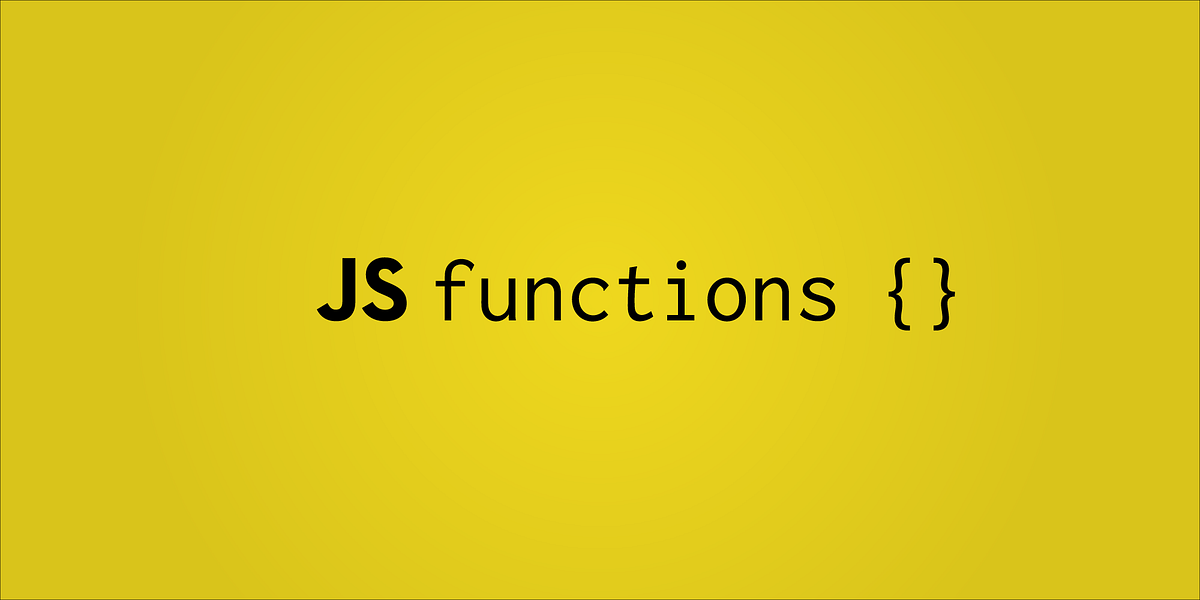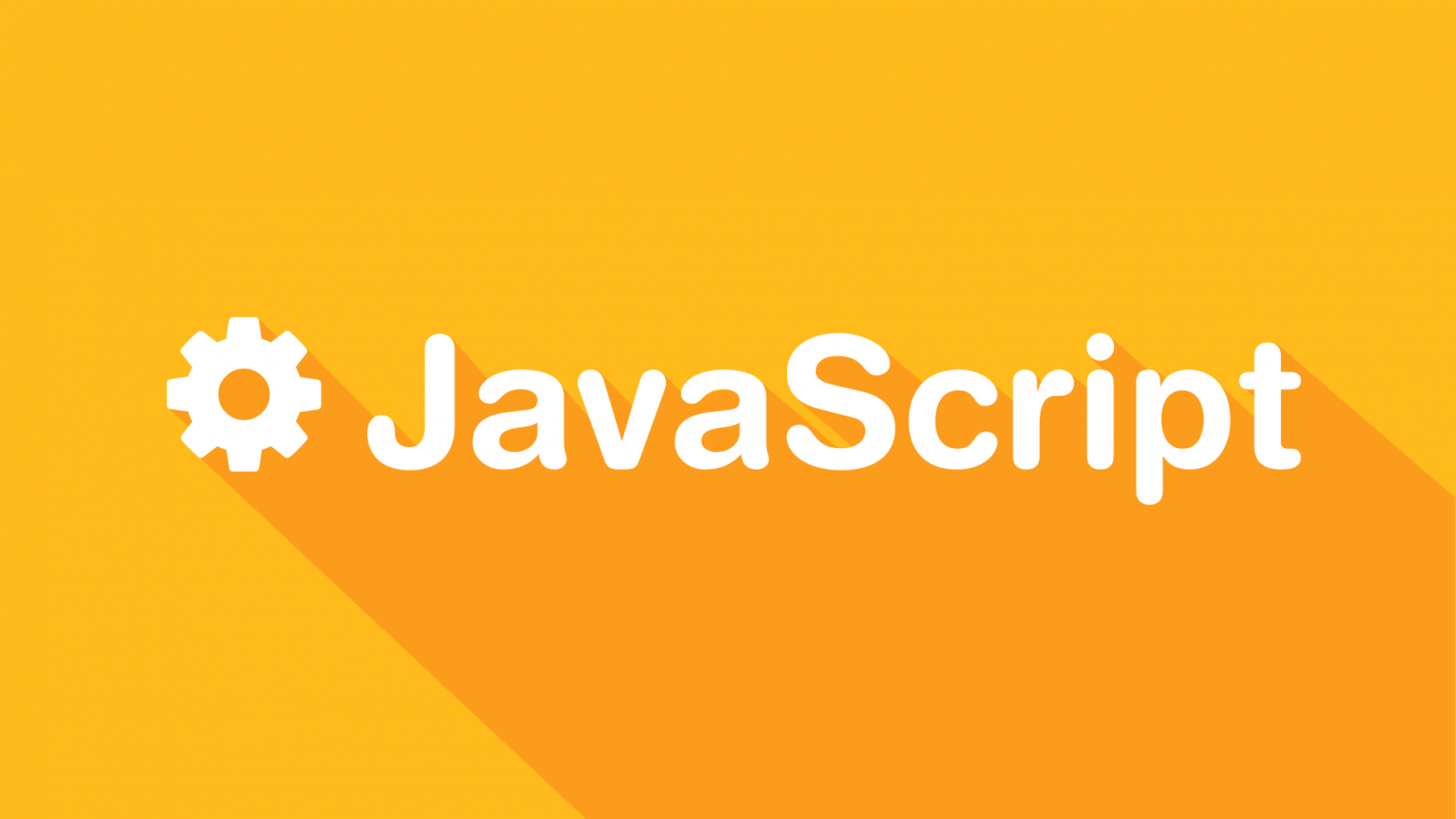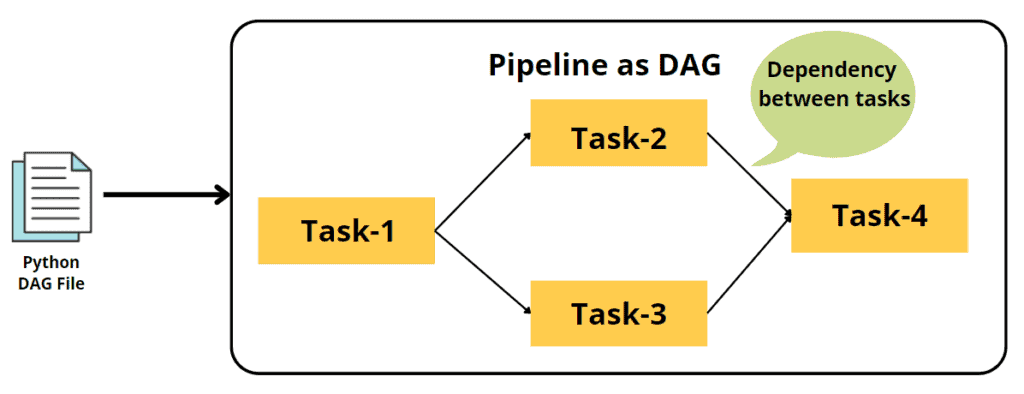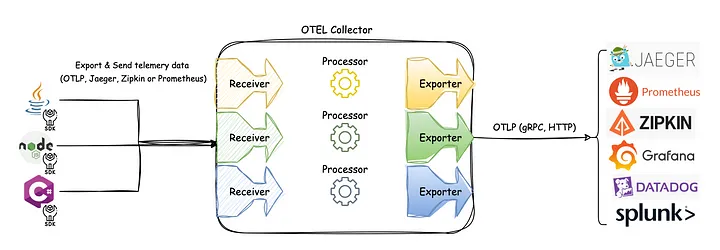Asynchronous
异步编程适用于 IO 密集型应用
异步编程的传统实现方式:Callback
1
2
3
4
5
6
7
| console.log("main start");
setTimeout(() => console.log("sync start"), 1000);
console.log("main end");
|
依次执行多个异步操作:Callback Hell
1
2
3
4
5
6
7
8
9
10
11
12
13
14
15
16
17
| setTimeout(() => {
console.log("Action 1");
setTimeout(() => {
console.log("Action 2");
setTimeout(() => {
console.log("Action 3");
setTimeout(() => {
console.log("Action 4");
})
})
})
})
|
为了解决 Callback Hell,提高代码的可读性,Promise 应运而生:通过链式操作将多个异步任务串联起来

常见的 try...catch...finally 为同步编程范式
1
2
3
4
5
| fetch("https://www.bilibili.com/")
.then(response => response.json())
.then(json => console.log(json))
.catch(error => console.log(error))
.finally(() => console.log("close"));
|
Promise
一个 JavaScript 引擎会常驻于内存中,等待宿主把 JavaScript 代码或者函数传递给它去执行
- 在
ES3 及更早的版本中,JavaScript 引擎本身没有异步执行代码的能力
- 在
ES5 之后,JavaScript 引入了 Promise,从此,不需要浏览器的安排,JavaScript 引擎本身也可以发起任务
宏观任务 vs 微观任务
依据 JSC 引擎的术语,把宿主发起的任务称为宏观任务,把 JavaScript 引擎发起的任务称为微观任务
Event Loop:JavaScript 引擎等宿主环境分配宏观任务
在底层的 C/C++ 代码中,Event Loop 是跑在一个独立线程的循环中
1
2
3
4
5
|
while (true) {
r = wait();
execute(r);
}
|
在宏观任务中,JavaScript 的 Promise 还会产生异步代码
JavaScript 必须保证这些异步代码在一个宏观任务中完成,因此,每个宏观任务中又包含了一个微观任务队列

基于宏观任务和微观任务的机制,可以实现 宿主级 和 JavaScript 引擎级 的任务
setTimeout(宿主 API):添加宏观任务Promise:在队列尾部添加微观任务
Promise
Promise 是 JavaScript 语言提供的一种标准化的异步管理方式
总体思想:需要进行 IO、等待或者其它异步操作的函数,不返回真实结果,而是返回一个『承诺』
函数的调用方可以在合适的时机,选择等待 Promise 实现(通过 Promise 的 then 方法回调)
Promise 的 then 回调是一个异步的执行过程(微观任务队列尾部)
1
2
3
4
5
6
7
8
9
10
11
12
13
14
| console.log("main start")
let p = new Promise((resolve, reject) => {
console.log("Promise start")
resolve();
console.log("Promise end")
})
p.then(() => console.log("resolve"));
console.log("main end")
|
Promise + setTimeout,微观任务始终先于宏观任务
1
2
3
4
5
6
7
8
9
10
11
12
13
14
15
16
|
setTimeout(() => console.log("d"), 0);
let p = new Promise((resolve, reject) => {
console.log("a");
resolve();
})
p.then(() => console.log("c"));
console.log("b")
|
微观任务始终先于宏观任务
1
2
3
4
5
6
7
8
9
10
11
12
13
14
15
16
17
18
19
| setTimeout(() => console.log("macro"), 0);
new Promise((resolve, reject) => {
resolve();
}).then(() => {
let begin = Date.now();
while (Date.now() - begin < 2000) {
}
console.log("micro 1");
new Promise((resolve, reject) => {
resolve();
}).then(() => console.log("micro 2"));
})
|
执行顺序
- 分析有多少
宏观任务
- 在每个宏观任务中,分析有多少
微观任务
- 根据
调用次序,确定宏观任务中的微观任务的执行次序
- 根据宏观任务的
触发规则和调用次序,确定宏观任务的执行次序
1
2
3
4
5
6
7
8
9
10
11
12
13
| function sleep(duration) {
return new Promise((resolve, reject) => {
console.log("b");
setTimeout(resolve, duration);
})
}
console.log("a");
sleep(1000).then(() => console.log("c"));
|
setTimeout 把整个代码分割成 2 个宏观任务- 第 1 个
宏观任务中,包含先后同步执行的 console.log("a"); 和 console.log("b");
- 第 2 个
宏观任务中,调用了 resolve,然后 then 中的代码异步得到执行
从 ES6 开始,有了 async/await + Promise,能够有效地改善代码结构
async / await
async/await提供了用for、if等代码结构来编写异步的方式,运行时基础是 Promise(本质上为语法糖)
异步函数:会返回 Promise 的函数
可以通过 async 关键字将一个函数声明为异步函数,而 await 关键字也只能在 async 声明的异步函数内使用
1
2
3
4
5
6
7
8
9
10
11
12
13
| async function httpFetch() {
let response = await fetch("");
console.log("httpFetch...")
return response;
}
httpFetch().then(response => response.status)
.then(code => console.log(code))
.finally(() => console.log("done"))
|
1
2
3
4
5
6
7
8
9
10
11
12
13
14
15
16
17
18
|
function sleep(duration) {
return new Promise((resolve, reject) => {
setTimeout(resolve, duration);
})
}
async function foo() {
console.log("a");
await sleep(2000);
console.log("b");
}
foo().then(() => console.log("c"));
|
async 函数是可以嵌套的
1
2
3
4
5
6
7
8
9
10
11
12
13
14
15
16
17
18
19
20
21
| function sleep(duration) {
return new Promise((resolve, reject) => {
setTimeout(resolve, duration);
})
}
async function foo(name) {
await sleep(2000);
console.log(name);
}
async function bar() {
await foo("A");
await foo("B");
}
bar().then(() => console.log("C"))
|
串行 vs 并行
1
2
3
4
5
|
async function f() {
let r1 = await fetch("");
let r2 = await fetch("");
}
|
1
2
3
4
5
6
7
|
async function f() {
let r1 = fetch("");
let r2 = fetch("");
let [p1, p2] = await Promise.all([r1, r2]);
return [p1, p2];
}
|













